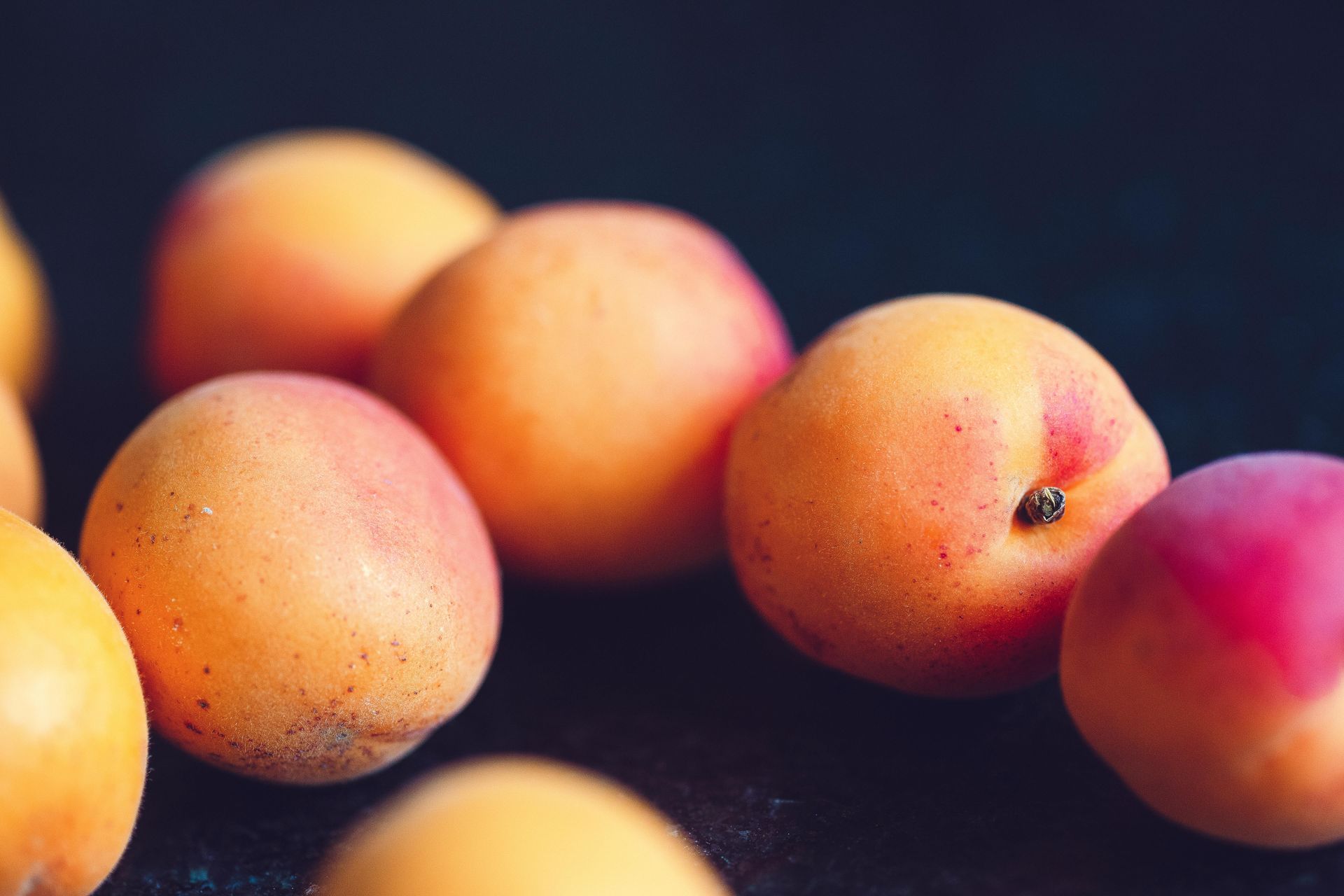About the covid BF.7 and Kraken XBB.1.5 omicron subvariants
Every new covid infection gives the virus the chance to mutate. Every single person who catches it risks being the one in whom a new strain or variant is born. So what are the latest covid subvariants on the block?
About the BF.7 omicron subvariant
One subvariant, BF.7, is currently the main variant in Beijing and is apparently responsible for a surge across China. BF.7, which is short for BA.5.2.1.7, is actually a sub-lineage of the omicron variant BA.5 and it has the strongest ability to infect out of all of China’s omicron subvariants. It has a shorter incubation period than any other and comes with a greater capacity to infect people who have already had covid, been jabbed, or both.
About the XBB.1.5 omicron variant
A highly transmissible covid-19 subvariant called XBB.1.5 has fast become the dominant cause of infection in the USA. Some are calling it ‘The Kraken’. Thankfully while it’s a whole lot more infectious than previous subvariants, it looks like the symptoms it causes aren’t any more serious. than usual. It’s highly likely this will become the dominant worldwide variant, and it’ll probably happen very quickly.
So far The Kraken has been doubling almost weekly in the USA, making it the country’s fastest-spreading variant, responsible for at least 40% of new cases. That’s a dramatic change from early December 2022 when it accounted for just 1%. In north east USA it could be responsible for as many as three quarters of all covid infections.
XBB.1.5 has made its way to at least 28 other countries so far, including the UK and Australia. By mid-December 2022, according to the Wellcome Sanger Institute, it was already responsible for around 4% of UK cases.
What’s the genetic story behind XBB.1.5?
The Kraken was created when two covid variants swapped genetic material inside the same person. It’s genetically similar to other omicron subvariants, but comes with a better ability to stick to and infect human cells. It’s better at avoiding immunity than previous variants too, thanks to changes in the spike protein targeted by jabs. And it better escapes antibodies in blood samples from people who had three jabs of the CoronoVac vaccine, in those who’ve had two doses of an mRNA vaccine, and in people who have recovered from covid recently.
Luckily vaccines still give us some protection. As long as you’ve had at least two jabs you’ll be less likely to become seriously ill or die. Protection is even better with UK and USA bivalent boosters because they target subvariants a lot like XBB.1.5. This doesn’t bode well for the USA where only around 15% over aged 5 have had the latest booster jab.
Covid treatments and ways to stop the spread
When the pandemic began we didn’t have any treatments for covid. Many of the new treatments available, including antiviral medicines, will still be effective against XBB.1.5 but experts are still recommending masking and improving indoor ventilation to slow the subvariant’s spread.
Three years down the line, humanity has been incredibly fortunate. So far there hasn’t been a new variant that causes more severe symptoms, and so far we haven’t seen a brand new virus. These latest variants, while more efficient and more infectious, remain controllable. But there’s no reason, with China neck deep in covid and cases surging elsewhere, why something extra-nasty won’t emerge.
Take steps, prepare, be ready. Let’s talk about how our tech prevents covid spreading in workplaces, entertainment spaces, public places, and everywhere people gather indoors.










